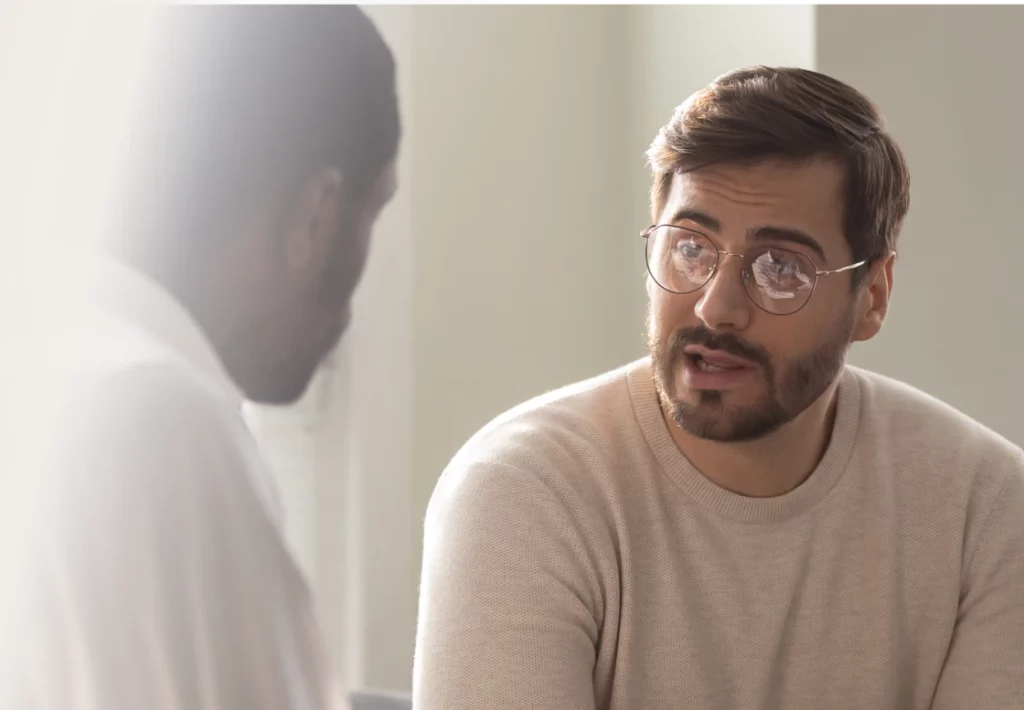For many people considering transcranial magnetic stimulation (TMS) as a treatment option for depression or other mental health conditions, one of the most common questions is, “How long will it take?” Understanding the time commitment of this innovative therapy is crucial because it helps plan the recovery journey. Whether you are exploring TMS for the first time or have been recommended this treatment by your healthcare provider, knowing what to expect in terms of duration can help you make an informed decision about your mental wellness. Overall, the course of TMS therapy may take anywhere from 5 days to 8 weeks, plus follow-up sessions if necessary. Let’s explore the available options that might suit your individual needs.
What Is the Duration of TMS Therapy?
For many people considering transcranial magnetic stimulation (TMS) as a treatment option for depression or other mental health conditions, one of the most common questions is, “How long will it take?” Understanding the time commitment of this innovative therapy is crucial because it helps plan the recovery journey. Whether you are exploring TMS for the first time or have been recommended this treatment by your healthcare provider, knowing what to expect in terms of duration can help you make an informed decision about your mental wellness. Overall, the course of TMS therapy may take anywhere from 5 days to 8 weeks, plus follow-up sessions if necessary. Let’s explore the available options that might suit your individual needs.

Home » About TMS Therapy » Treatment Duration
rTMS
The traditional rTMS protocol typically involves 20-30 treatments (1 session five days per week for 4-6 weeks), delivering magnetic pulses to the left dorsolateral prefrontal cortex (DLPFC). This standard method usually includes 3,000 pulses per procedure, with patients receiving approximately 60,000 pulses throughout therapy. The rTMS approach has been well-studied and has demonstrated consistent efficacy in addressing treatment-resistant depression, with response rates typically ranging from 40 to 60%.
Deep TMS
TBS
TBS is an accelerated form of TMS that delivers the equivalent stimulation in just 3-10 minutes. The protocol typically involves bursts of three pulses at 50 Hz, repeated at 5 Hz intervals, although these parameters can vary. TBS provides the same therapeutic benefits as traditional rTMS but with less time commitment. This efficiency makes it an increasingly popular choice for patients with busy schedules and wide-ranging responsibilities. One of the most popular iTBS treatments – the SAINT Protocol – involves 10 daily sessions (nearly 10 minutes each, with 50-minute breaks) over 5 days. This intense therapy often leads to significant improvements in depression symptoms and supports mental recovery.
MeRT
rTMS
For OCD treatment, rTMS typically targets the supplementary motor area (SMA) or the orbitofrontal cortex (OFC). Sessions run five days weekly for four to six weeks, and each procedure lasts approximately 20 to 30 minutes. The total number of treatments is 20-30. This approach has shown promising results in reducing OCD symptoms, particularly in cases resistant to traditional therapies. Studies have indicated response rates of more than 50%.
Deep TMS
TBS
MeRT
rTMS
Deep TMS
Clinical trials have reported success rates of 24-82% in achieving smoking cessation.
TBS
MeRT
TMS therapy for autism stimulates nerve cells in specific brain regions associated with social communication and behavior regulation. Most treatment plans consist of 20-30 TMS sessions scheduled over 4-6 weeks, each lasting approximately 30 minutes. While individual responses vary, many patients and families report noticing gradual improvements in social engagement and sensory processing as the therapy progresses.
Parents of children with ADHD and patients who develop this condition in adulthood often wonder how many sessions are needed when considering TMS. The initial treatment course typically consists of 20-30 procedures delivered over 4-6 weeks, each lasting nearly 30 minutes. Most protocols follow a five-day-per-week schedule, making them compatible with school or work activities. Some patients may require maintenance procedures after completing the primary treatment phase to sustain improvements.
Like other mental health disorders, PTSD requires a carefully structured TMS treatment approach that typically spans 4-8 weeks. The standard protocol consists of daily procedures Monday through Friday, each lasting 20-40 minutes, depending on the specific method used. Most patients with post-traumatic stress disorder complete 30-36 sessions in total, though some may benefit from additional maintenance treatments based on their symptom improvement and individual response.